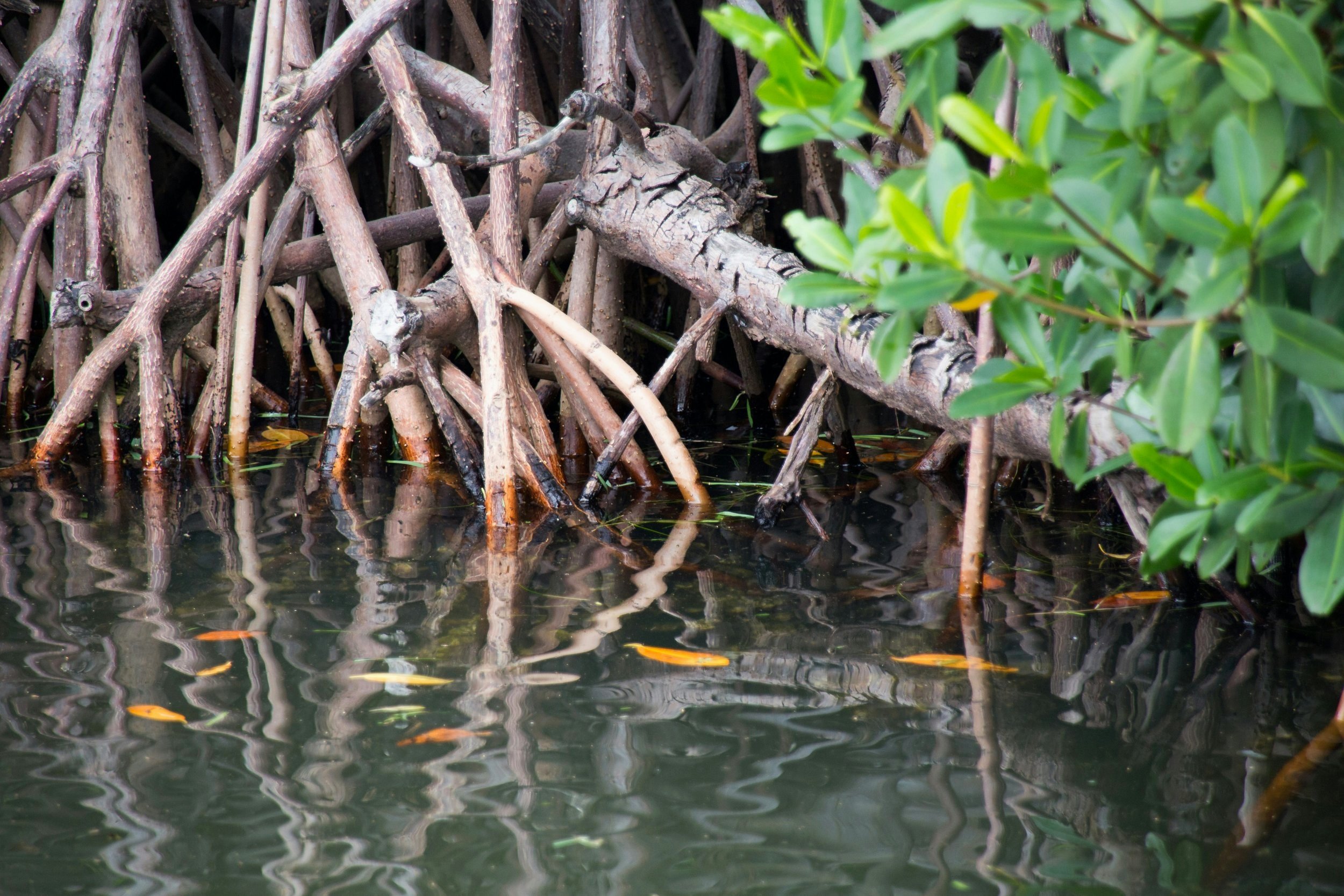Understanding Biodiversity Credits: A Short Guide
In addition to boosting the world economy, biodiversity maintains vital services including rich soil, clean water, clean air, and climate management.
It may take $600-800 billion a year to reverse the loss of biodiversity, with credits enabling investment from the private sector.
As awareness of biodiversity loss increased and carbon credit markets expanded in the late 2010s, the concept of biodiversity credits most likely started to take shape.
What are Biodiversity Credits?
Biodiversity credits are a financial instrument designed to represent positive actions toward the conservation, restoration, or enhancement of biodiversity. It works like a carbon credit, but instead of offsetting carbon emissions, it offsets impacts on biodiversity by promoting conservation activities.
A biodiversity credit is created when a measurable biodiversity improvement is made. These credits are then sold to buyers who want to compensate for their environmental impact or contribute to conservation efforts.
Credits are generated through these types of actions:
Habitat restoration
Species conservation
Ecosystem protection
Sustainable land management practices
Projects must demonstrate additionality (outcomes wouldn’t happen without the project) and durability (long-term maintenance of outcomes).
How Does the Market for Biodiversity Credits Work?
The biodiversity credit market is voluntary in some regions and regulated in others. The credits are created and then verified by an independent entity to ensure that they meet specific criteria. Once verified, the credits are traded on platforms or in private transactions.
Voluntary markets: Companies voluntarily purchase biodiversity credits to improve their reputation or meet internal sustainability goals. It is the case for Colombia, for example.
Regulated markets: Some governments require biodiversity offsets for specific projects (e.g., real estate, infrastructure) to ensure no net loss of biodiversity.
Market Participants
Companies might buy credits to meet regulatory obligations, fulfill corporate social responsibility (CSR) goals, or enhance their sustainability credentials.
Governments could use biodiversity credits as part of policies designed to achieve environmental protection goals, or as part of international environmental agreements.
Furthermore, biodiversity credits can be used by various entities:
Companies
Environmental charities and NGOs
Donors
Governments
Development banks
Public entities
Investors
Individuals
Buying and Selling
Currently, most transactions are over-the-counter, though there's a desire to move towards exchange platforms. Companies can purchase credits directly from project developers or through intermediaries.
You can purchase biodiversity credits through:
Specialized brokers: Companies that connect buyers and sellers of biodiversity credits.
Marketplaces: Online platforms where biodiversity credits are listed and traded.
Direct purchase: From conservation projects or landowners engaged in biodiversity enhancement activities.
Sellers: How to Generate Biodiversity Credits?
Identify a threatened habitat and partner with landowners
Conduct a biological survey to establish baseline conditions
Have the land assessed by an accredited assessor
Apply for a Biodiversity Stewardship Agreement
Measure and verify biodiversity improvements through independent bodies.
Certify the improvements as biodiversity credits, which can then be sold on the market.
Buyers: Why Buy Biodiversity Credits?
Companies and governments may purchase biodiversity credits to:
Meet corporate ESG obligations
Contribute to nature recovery beyond own impact
Secure ecosystem services for supply chains
Demonstrate commitment to global biodiversity frameworks
Offset biodiversity losses caused by development or industrial activities
Meet regulatory obligations requiring biodiversity offsets
Enhance sustainability profiles and CSR
Participate in conservation efforts to protect ecosystems or species
Enhance carbon credits for better nature outcomes
Offer products bundled with nature recovery
How to Measure Biodiversity Credits?
Biodiversity credits are often measured by hectare, but it is rarely as straightforward as just a simple hectare-based calculation. In most biodiversity offset or credit systems, the hectare is a base unit, but it's often adjusted for the quality, condition, and ecological importance of the habitat. One hectare of high-quality, rare habitat might generate more biodiversity credits than one hectare of degraded or common land.
To measure biodiversity credits you would need to assess:
Biodiversity units: These are used to quantify gains or losses in biodiversity, often based on factors like species richness, habitat area, water, air and ecosystem quality, and ecosystem services.
Baseline surveys: Initial environmental conditions are documented to establish a reference point. Our solution Ecoteka can help you with that.
Monitoring: Regular assessments of biodiversity over time to verify that actions are successful.
Measurement methods vary widely, depending on the ecosystem, region, and specific conservation goals.
Pricing
Prices vary widely, ranging from $7 to $41,000 per unit for a 100-year conservation period. These variations depends on:
The type of ecosystem being restored or conserved.
The geographic region.
The species or habitats being protected. A biodiversity credit can be worth more for more sensitive, rare or endangered ecosystems.
The median price is around $750, while the mean is $8,800. Prices are expected to increase as demand grows.
Regional Differences and Challenges
Different countries and regions may have varying frameworks, methodologies, and regulations for biodiversity credits.
Europe: Biodiversity credits are gaining traction, especially in countries like the UK with Biodiversity Net Gain (BNG) requirements for developments.
Australia: Has a mature biodiversity offset system with a formal credit-trading market. New Zealand’s offset system is called "Sustainable Development Units".
United States: Biodiversity credits are often associated with mitigation banking for wetlands or endangered species.
Developing Countries: Biodiversity credits are emerging, often linked to broader conservation efforts, sometimes through international funding or partnerships. Colombia for example introduced the "Voluntary Credits for Biodiversity”.
The rules, measurements, and markets for biodiversity credits will vary depending on national legislation and conservation goals in different regions.
Challenges and Considerations
Lack of standardization in measurement and pricing
Need for transparent governance
Ensuring additionality and avoiding double counting
Involving indigenous people and local communities
Addressing permanence and potential unintended outcomes
Biodiversity credits represent a promising tool for financing biodiversity conservation and restoration. As the market develops, standardization and increased transparency are likely to emerge, potentially making biodiversity credits a significant part of global conservation efforts.
















